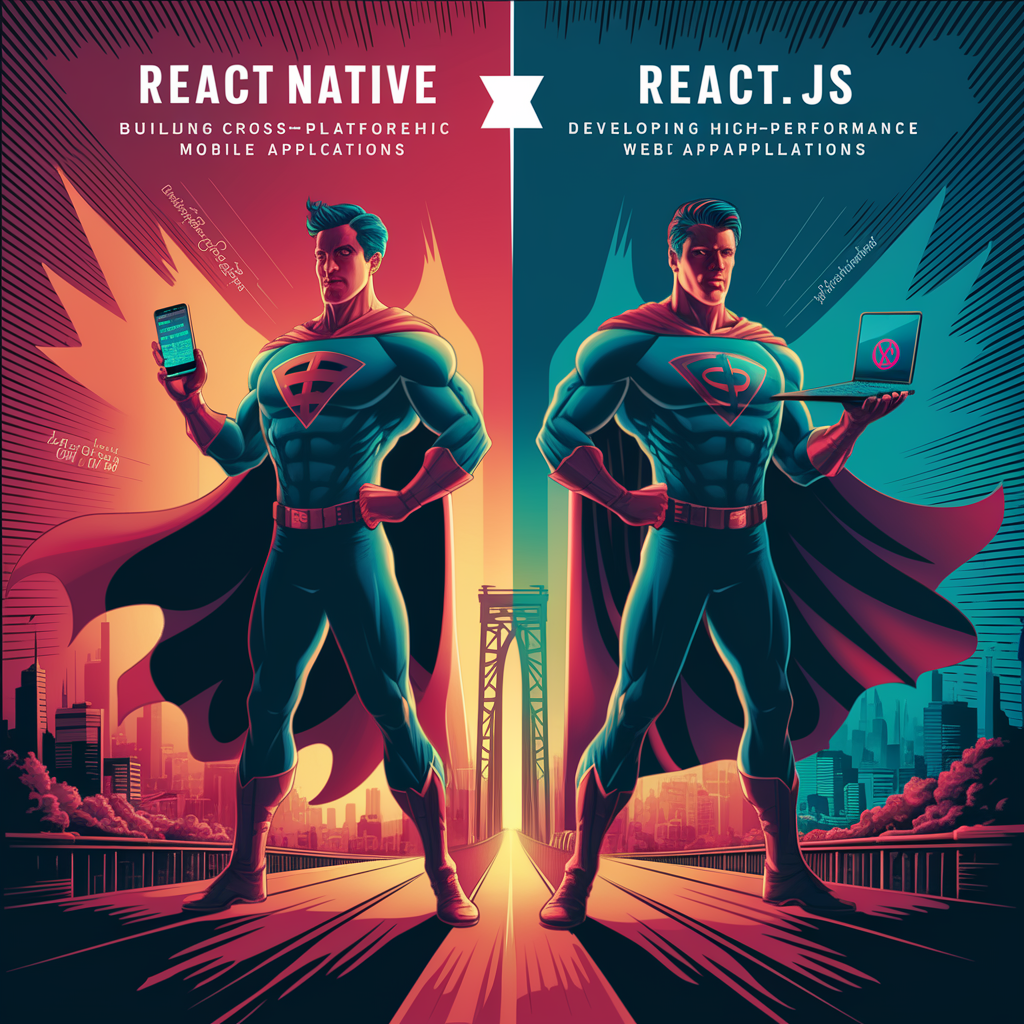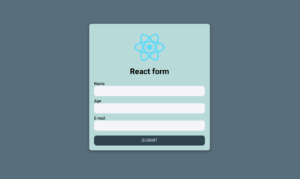When it comes to building modern applications, React Native and React.js are two powerful tools that developers often consider. Both technologies are built by Facebook and share many similarities, but they are used for different purposes. This article will compare React Native and React.js, highlighting their differences, strengths, and use cases to help you decide which is right for your next project.
What is React.js?
React.js (or simply React) is a JavaScript library for building user interfaces, particularly for single-page applications (SPAs). It allows developers to create reusable UI components that handle the view layer of web applications.
Key Features:
- Component-Based: React encourages building UI elements as independent, reusable components.
- Virtual DOM: React uses a virtual DOM to optimize rendering, making updates efficient and fast.
- JSX: JSX is a syntax extension that combines JavaScript and HTML, making code easier to write and understand.
- One-Way Data Binding: Data flows in one direction, making debugging and testing easier.
Example of React.js Usage
Imagine you are building a simple to-do list app in React.js:
import React, { useState } from 'react';
function TodoApp() {
const [todos, setTodos] = useState([]);
const [input, setInput] = useState('');
const addTodo = () => {
setTodos([...todos, input]);
setInput('');
};
return (
<div>
<h1>Todo List</h1>
<input value={input} onChange={(e) => setInput(e.target.value)} />
<button onClick={addTodo}>Add Todo</button>
<ul>
{todos.map((todo, index) => (
<li key={index}>{todo}</li>
))}
</ul>
</div>
);
}
export default TodoApp;
In this example, React.js is used to create a simple interactive to-do list that updates the UI based on user interactions.
What is React Native?
React Native is a framework that allows you to build mobile applications using JavaScript and React. Unlike React.js, which is used for web applications, React Native is used for building native apps for iOS and Android.
Key Features:
- Cross-Platform: Write once, and run on both iOS and Android.
- Native Components: Uses native components for rendering, ensuring a high-performance app experience.
- Hot Reloading: Allows developers to see changes instantly without reloading the entire app.
- Third-Party Plugins: Supports various plugins that enable additional functionalities.
Example of React Native Usage
Here’s a simple React Native example of a to-do list app:
import React, { useState } from 'react';
import { View, Text, TextInput, Button, FlatList, StyleSheet } from 'react-native';
function TodoApp() {
const [todos, setTodos] = useState([]);
const [input, setInput] = useState('');
const addTodo = () => {
setTodos([...todos, input]);
setInput('');
};
return (
<View style={styles.container}>
<Text style={styles.header}>Todo List</Text>
<TextInput
style={styles.input}
value={input}
onChangeText={(text) => setInput(text)}
/>
<Button title="Add Todo" onPress={addTodo} />
<FlatList
data={todos}
renderItem={({ item }) => <Text style={styles.todo}>{item}</Text>}
keyExtractor={(item, index) => index.toString()}
/>
</View>
);
}
const styles = StyleSheet.create({
container: { padding: 20 },
header: { fontSize: 24, marginBottom: 10 },
input: { height: 40, borderColor: 'gray', borderWidth: 1, marginBottom: 10 },
todo: { fontSize: 18, marginBottom: 5 }
});
export default TodoApp;
In this example, React Native is used to create a mobile app with similar functionality to the React.js example, but designed to work natively on mobile devices.
Key Differences Between React Native and React.js
- Platform: React.js is used for building web applications, while React Native is for mobile applications.
- Rendering: React.js uses a virtual DOM to render components in the browser. React Native renders components as native mobile UI elements.
- Learning Curve: Developers familiar with React.js can transition to React Native relatively easily, but they need to learn additional concepts related to mobile development.
- Performance: React Native applications can achieve near-native performance, but complex animations and heavy computational tasks may still lag behind fully native apps.
- Development Experience: React Native provides features like hot reloading and access to native APIs, which can speed up development compared to traditional mobile app development.
When to Use React.js
- Web Applications: When your primary target is browsers and you need to build a web application or SPA.
- SEO-Friendly Apps: React.js can be combined with server-side rendering (SSR) to improve SEO.
- Progressive Web Apps (PWAs): React.js is ideal for building PWAs that provide native-like experiences on the web.
When to Use React Native
- Cross-Platform Mobile Apps: When you need to build apps for both iOS and Android with a single codebase.
- Faster Mobile Development: When you want to leverage your web development skills to build mobile apps quickly.
- Access to Native Features: When you need access to device-specific features, such as the camera, GPS, or push notifications.
Conclusion
Both React.js and React Native are powerful tools that cater to different development needs. If you’re building a web application, React.js is the way to go. If you’re focused on mobile app development, React Native offers a cross-platform solution with native performance. By understanding the strengths and use cases of each, you can choose the right technology to create robust and scalable applications.
Whether you’re a web developer looking to branch into mobile development or a mobile developer exploring web technologies, React and React Native provide a consistent and efficient way to build modern applications.
Tags
#ReactJS #ReactNative #WebDevelopment #MobileDevelopment #CrossPlatform #JavaScript #FrontendDevelopment #MobileApps #WebApps #UIUXDesign





